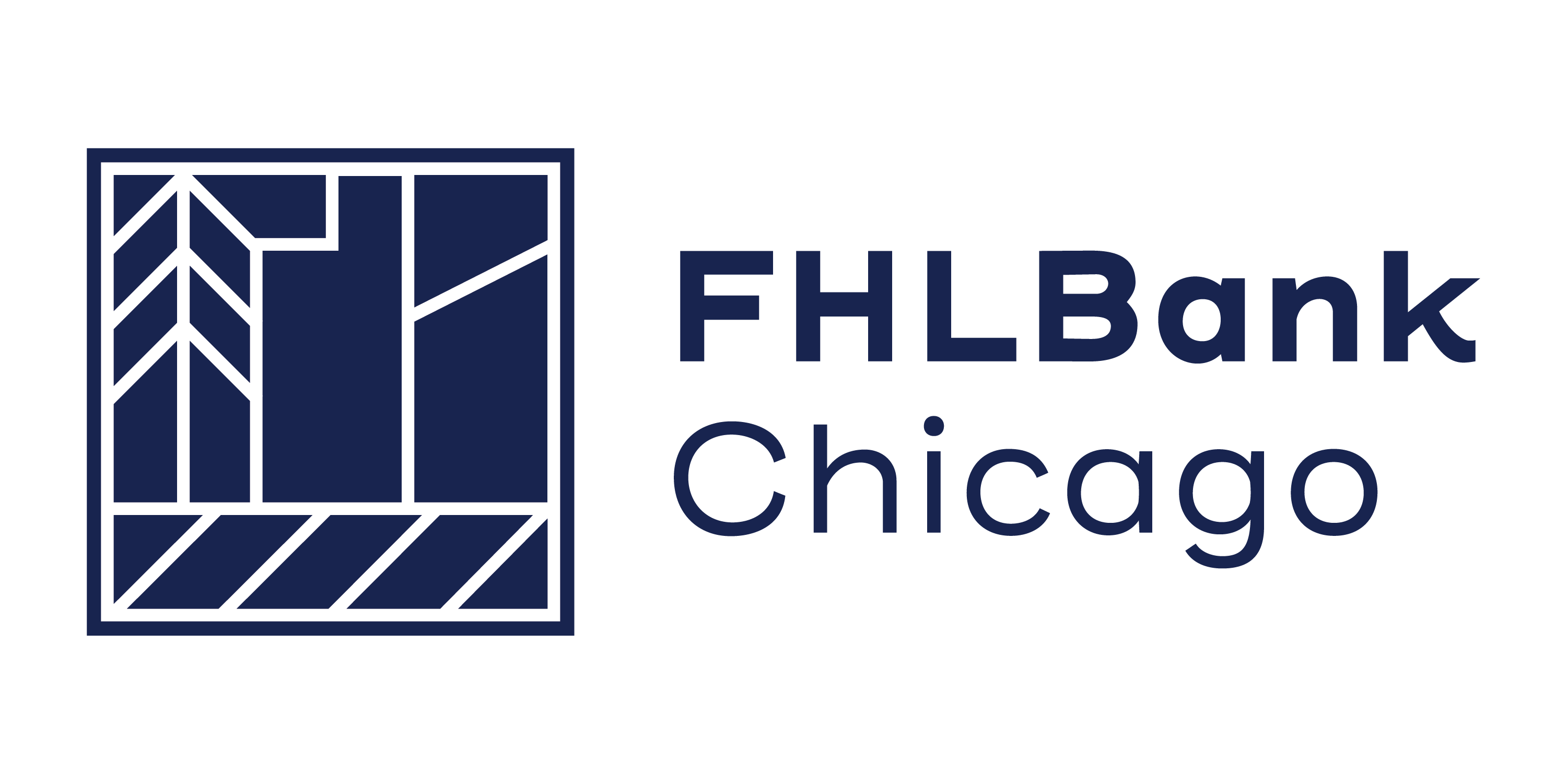Residential Lending Strategies - Funding Mortgages: Q3 2019
Overview
The 30-year mortgage rate, according to Freddie Mac data, has fallen since the start of 2019. The Federal Home Loan Bank of Chicago’s (FHLBank Chicago’s) 10-year advance rate has fallen even more, and thus, the spread between the two has risen (see Figure 1). With increased spreads, it is a great time for members to consider holding mortgages on their balance sheet.
In this paper, we will examine hedging both a 15-Year and 30-Year mortgage portfolio with advances. Please note that our summaries on net interest margin (NIM) use forward rates in all scenarios, including the base case. Forward rates are trending upward in the short term, but are downward medium to long term. All rates are as of August 22, 2019.
15 Year Mortgage Example
In this example, the portfolio is made up of 15-year mortgages at a rate of 2.90% reduced by 13 basis points for servicing costs. The funding solution includes a ladder of fixed rate advances, as well as, deposits. See Tables 1 and 2 for more information about the portfolio, such as how it’s funded, the 10Y average NIM, return on equity and assets, and duration.
As you can in Table 1, holding residential mortgages on an institution’s balance sheet would yield 2.90%. Using a ladder of fixed advances with some deposits, funding would cost 1.55% after ac-counting for the FHLBank Chicago’s dividend benefit. This strategy could produce 135 basis points of income for the member or $113,749 in a 1 year base case scenario. The 10-year average NIM spread is 64 basis points, averaged across three different rate-shock scenarios. However, it’s important to consider how holding 15 year mortgages on your balance sheet will affect your capital ratios. According to Basel III guidelines, mortgages are weighted at 50% for risk-weighted asset calculations. In the example described above, the institution has taken an 18 basis points reduction on the total risk-based capital ratio over 1 year, assuming rates have remained unchanged. However, return on risk-based capital increased by 24 basis points, more than making up the difference.
30 Year Mortgage Example
In this example, the portfolio is made up of 30Y mortgages at a rate of 3.43% reduced by 13 basis points for servicing costs. The funding solution includes a ladder of fixed rate and putable advances, along with deposits. See the tables below for more information about the portfolio, such as how it is funded, 5 year average NIM, income, and duration.
Using a ladder of fixed and putable advances with some deposits, funding would cost 1.45% after accounting for the FHLBank Chicago’s dividend benefit. This strategy could yield 198 basis points of income for the member or $175,789 in a one year base case scenario. Another effect of this strategy on your institution’s balance sheet is related to risk-based capital. As previously mentioned, mortgages must be held at 50% weights, according to Basel III guidelines. In this example, the institution’s total risk-based capital ratio has taken a 19 basis point reduction, but after one year its return on risk-based capital will have improved by 35 basis points in the base case.

To Learn More
If your institution would like more specific information about part or all of this strategy, please feel free to reach out to Member Strategy and Solutions team or your Sales Director at membership@fhlbc.com.Contributors

Nick Simoncelli
Senior Analyst, Member Strategy and Solutions

Ashish Tripathy
Managing Director, Member Strategy and Solutions
Disclaimer
The data, scenarios and valuations provided to you in this paper are for information purposes only and are provided as an accommodation and without charge. The data, scenarios and valuations are estimates only and may not represent the actual or indicative terms at which new (or economically equivalent) transactions could be entered into or the actual or indicative terms at which existing (or economically equivalent) transactions could be prepaid, terminated, liquidated, assigned or unwound. The scenarios and valuations were derived using proprietary pricing models and estimates and assumptions about relevant future market conditions and other matters, all of which are subject to change without notice. The scenarios in this paper were prepared without any consideration of your institution’s balance sheet composition, hedging strategies, or financial assumptions and plans, any of which may affect the relevance of these scenarios to your own analysis. The Federal Home Loan Bank of Chicago makes no representations or warranties about the accuracy or suitability of any information in this paper. This paper is not intended to constitute legal, accounting, investment, or financial advice or the rendering of legal, accounting, consulting, or other professional services of any kind. You should consult with your accountants, counsel, financial representatives, consultants, and/or other advisors regarding the extent these scenarios may be useful to you and with respect to any legal, tax, business, and/or financial matters or questions.Federal Home Loan Bank of Chicago | Member owned. Member focused. | October 2019

